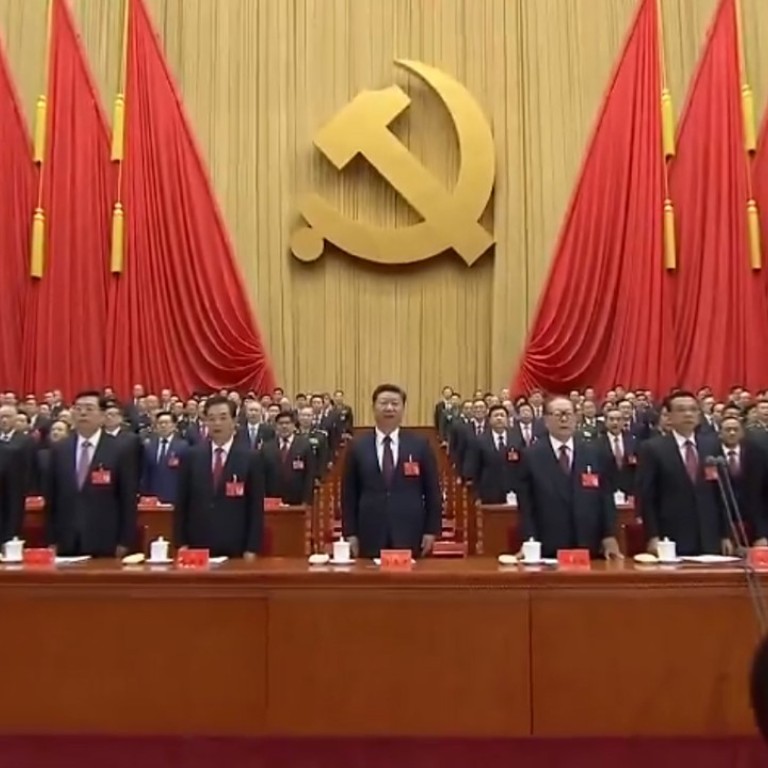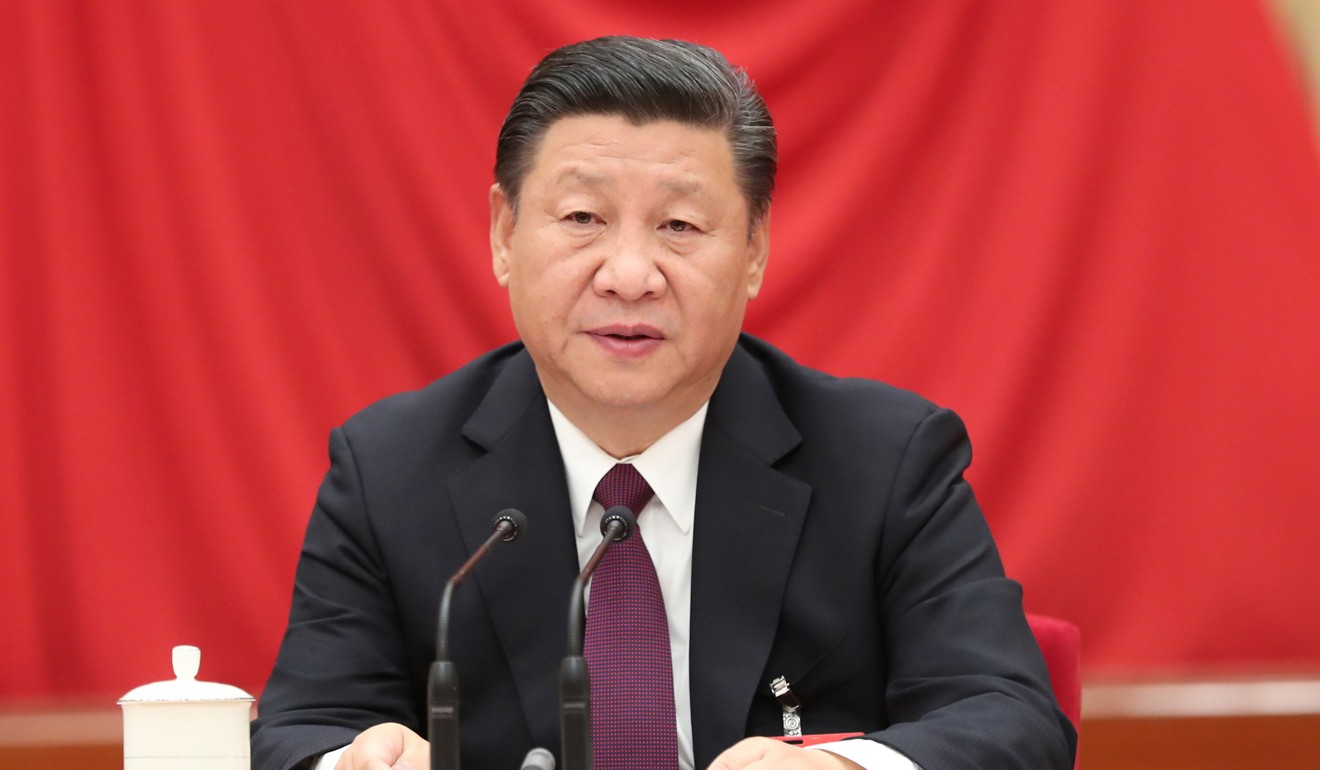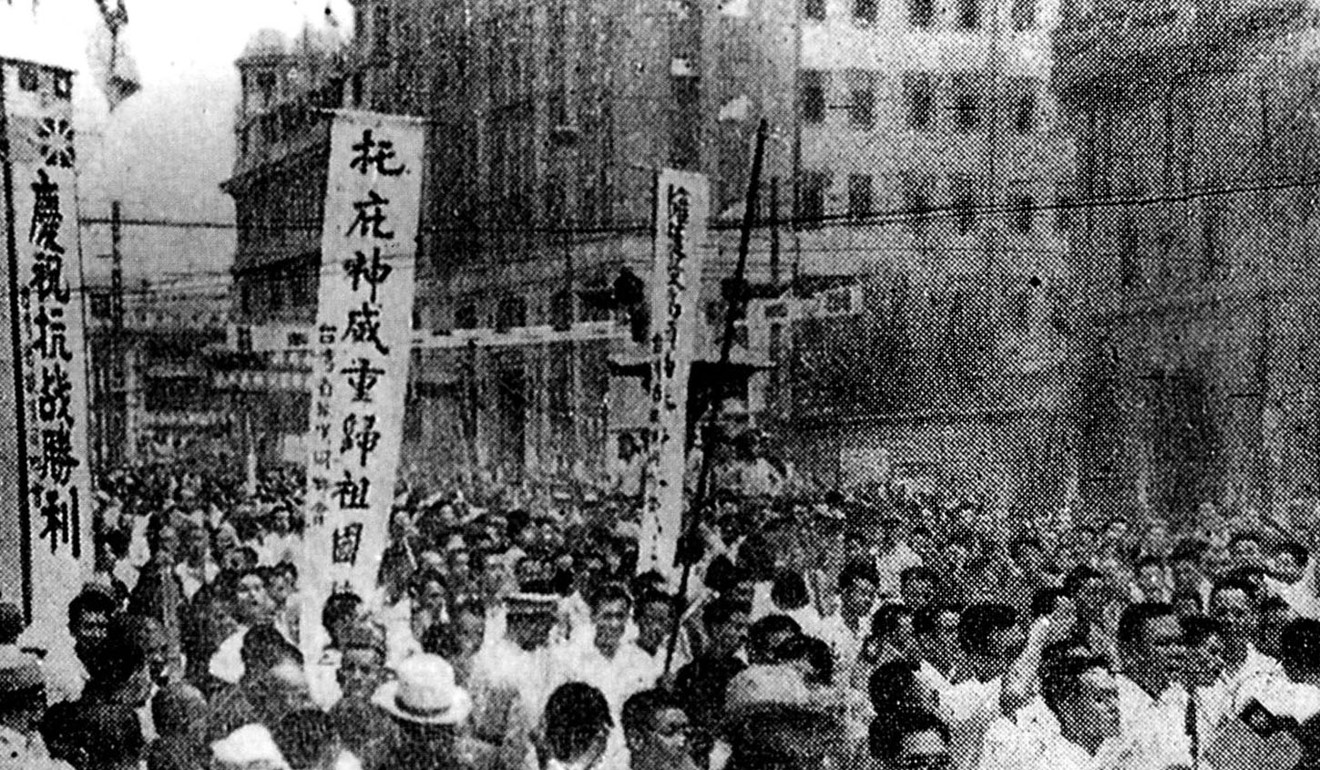
Opinion: China’s Asia vision harks back to 1945, with one difference - money
The Nationalist Party’s post-war plans for Asia inspired many, but were undermined by a dire economic situation. Seventy years on, the Communist Party’s ideas have far more potency
The current congress does indeed have huge implications for Asia as a whole. However, it is not the first time a Chinese government has tried to reshape the region. And comparing today’s Communist Party with its Nationalist predecessor at the end of the second world war raises some similarities – and at least one important difference.

The major reason that China’s word is now taken so seriously, compared to 1945, is simple: money. After the second world war, China was a broken society. It had resisted the Japanese for some eight years of widespread conflict, but the effects of that conflict had been devastating. Thousands of miles of railways and roads damaged or destroyed, millions of civilians dead, and widespread disease and malnutrition.
The real message for the world in China’s first global congress
Members of the Chinese government at the time, such as the former historian Jiang Tingfu, saw an opportunity here. By reconstructing its economy and society, he argued, the war could produce some positive results for China’s future. Furthermore, a reconstructed China could act as an example for the many colonies in the region seeking freedom: Malaya, Korea and Indonesia among them.
Watch: Beijing readies itself for the 19th Communist Party Congress
However, this vision quickly faded. China plunged into civil war just a year after the end of the conflict with Japan, and widespread disillusionment with the economic failures and human rights abuses of the Nationalists condemned them to defeat.
But the most important factor that doomed them was their economic situation. Nationalist China had no money, and its vision of reconstruction was entirely dependent on loans from the United States and organisations such as the UN. Nonetheless, the now almost-forgotten Nationalist Chinese vision of a post-war Asia was genuinely inspiring to many at the time.
Xi's new era beckons, but China's leadership reshuffle may not be so dramatic
Move forward more than seventy years. China’s ruling party is currently in congress, as the world waits for the announcement of the next leadership line-up and hints of plans for the next five years.

However, this meeting is unusual in historical terms. For the first time in decades, we can expect the party will put forward a vision of the future in which its role in the region and the world is spelt out in something more than broad statements about the “five principles of peaceful coexistence” or the need for “peaceful development”.
Will Xi Jinping build on Deng’s legacy – or unravel it?
The Belt and Road Initiative is not yet a fully worked-through plan. But it does do something the outside world has asked for over the years: put forward an alternative, Chinese-led vision of a new order for Asia and beyond.
The overall contours of the plan attract attention because unlike its Nationalist predecessor, China today has real economic clout. If Chiang Kai-shek’s government had been in charge of the second biggest economy in the world, his ministers’ proposals on the combination of infrastructure and nationalism would have had rather more potency.
Watch: What has Xi Jinping done during his first five-year term?
Projected costs for the belt and road keep going up, but one estimate is that some US$26 trillion will need to be spent on the project by 2030. Nonetheless, China’s startling economic growth in the past quarter century means its message will receive a respectful hearing. But it also means two messages coming from the congress will be carefully analysed by the rest of Asia.
China's military is mighty, but diplomacy is still a weak spot
Second, the Chinese Nationalists in 1945 had their own vision of a revived Asia. It was one where the US would be the most powerful actor, acting alongside China to liberate colonised Southeast Asian nations. Those nations are all now independent and have their own ideas about the shape of the region, though many are still unsure whether Chinese economic strength in the region will preserve or enhance their autonomy.
Vague slogans about “win-win” scenarios will not be enough. This congress has a chance to articulate a genuinely cooperative Chinese vision of the region. We will know in a few days if they have chosen to take it. ■
Rana Mitter is director of the University China Centre at the University of Oxford and author of A Bitter Revolution: China’s Struggle with the Modern World and China’s War with Japan, 1937-45: The Struggle for Survival

